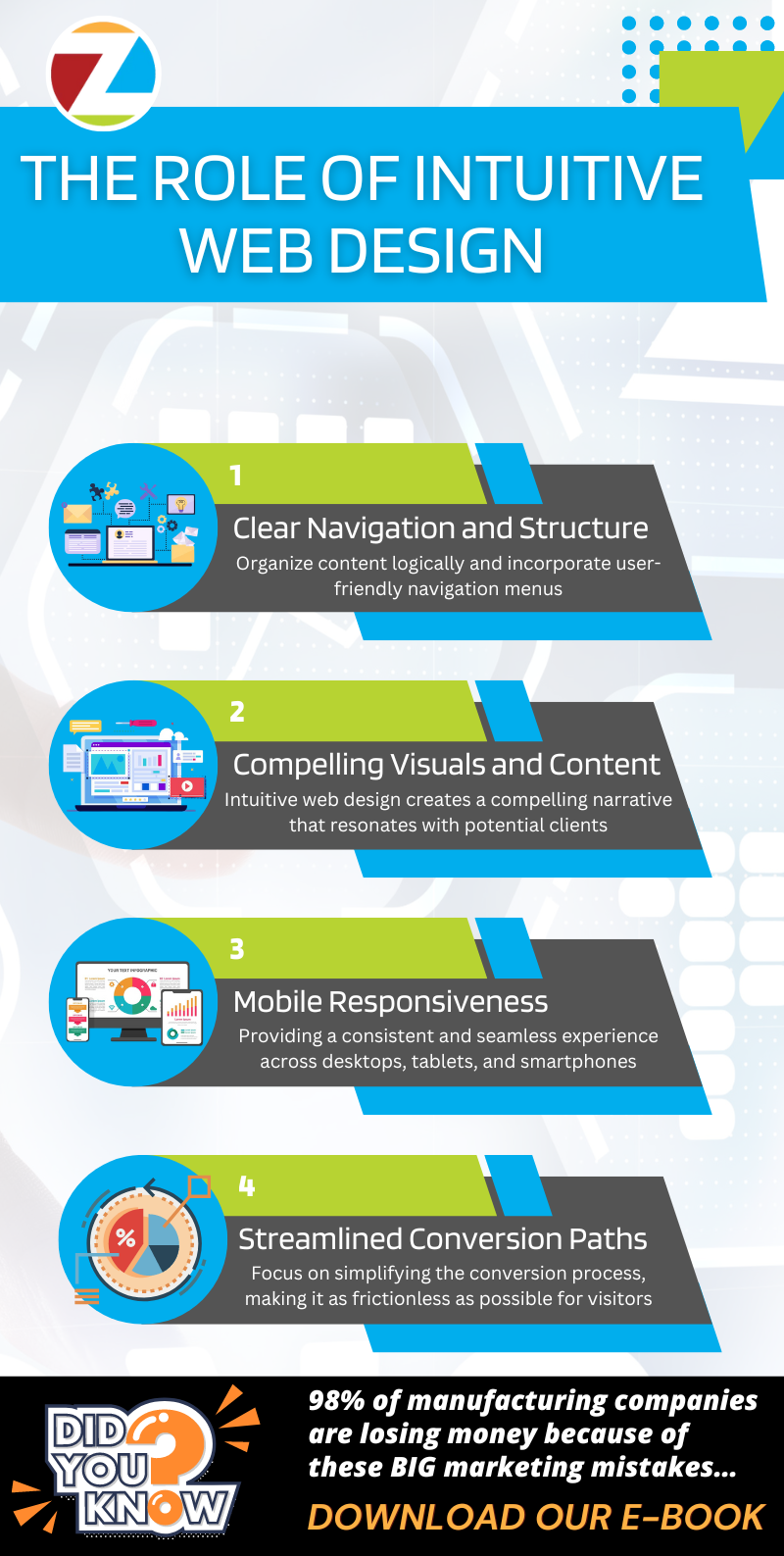In the digital age, a B2B manufacturer’s website serves as more than just an online presence—it’s a powerful tool for driving sales and fostering business growth. From attracting potential clients to converting leads into customers, every step of the customer journey plays a crucial role in the success of a manufacturing business.
In this article, we’ll explore the significance of intuitive web design in maximizing sales for B2B manufacturers and how it can transform the way businesses operate in the digital realm.
Understanding the B2B Customer Journey
Before delving into the impact of web design, it’s essential to understand the B2B customer journey. Unlike B2C transactions, B2B purchases often involve multiple decision-makers, longer sales cycles, and more complex buying processes. From initial research to final purchase, potential clients navigate through various touchpoints, including a manufacturer’s website, seeking information, solutions, and trustworthiness.
Therefore, optimizing each stage of this journey is paramount for driving conversions and maximizing sales.
The Role of Intuitive Web Design
Intuitive web design focuses on creating a seamless, user-friendly experience that guides visitors effortlessly through the website, ultimately leading to conversions.
For B2B manufacturers, this means designing a website that not only showcases products and services but also addresses the specific needs and pain points of their target audience. Here’s how intuitive web design boosts B2B manufacturing sales:
-
Clear Navigation and Structure
An intuitive website starts with clear navigation and structure. Visitors should be able to find what they’re looking for quickly and easily, whether it’s product information, technical specifications, or contact details.
By organizing content logically and incorporating user-friendly navigation menus, B2B manufacturers can streamline the browsing experience and keep potential clients engaged. This includes minimizing the number of high-level choices to no more than 6 – 8 by consolidating into logical, related categories. Also, naming navigation items based on the viewer’s perspective rather than the company’s makes the site friendlier to the visitor.
-
Compelling Visuals and Content
Visuals play a crucial role in capturing visitors’ attention and conveying key messages effectively. High-quality images, videos, and infographics not only enhance the overall aesthetics of the website but also help communicate the value proposition of products and services.
Coupled with compelling content that addresses customer pain points and offers solutions, intuitive web design creates a compelling narrative that resonates with potential clients, driving them towards conversion.
-
Mobile Responsiveness
With an increasing number of users accessing websites on mobile devices, mobile responsiveness is non-negotiable. Intuitive web design ensures that the website is fully optimized for various screen sizes and devices, providing a consistent and seamless experience across desktops, tablets, and smartphones.
By catering to the needs of mobile users, B2B manufacturers can capture a broader audience and maximize sales opportunities.
-
Streamlined Conversion Paths
Intuitive web design focuses on simplifying the conversion process, making it as frictionless as possible for visitors to take the desired action, whether it’s requesting a quote, scheduling a consultation, or making a purchase.
Clear calls-to-action (CTAs), strategically placed contact forms, and streamlined checkout processes guide users towards conversion, reducing bounce rates and increasing sales.
Case Study: Zafari’s Customer Stories:
To illustrate the impact of intuitive web design on B2B manufacturing sales, let’s look at the testimonials and case studies of work done by Zafari, a leading Charleston, SC based design agency for manufacturers in the industrial sector.
By revamping clients’ websites with a focus on intuitive design principles, they saw a significant increase in website traffic, engagement metrics, and ultimately, sales conversions.
The clear navigation, compelling visuals, and streamlined conversion paths resulted in a more enjoyable and efficient user experience, driving positive outcomes for the businesses.
Conclusion: Maximizing Sales Through Intuitive Web Design
In today’s competitive landscape, B2B manufacturers must prioritize intuitive web design as a critical component of their sales and marketing strategy. By creating a website that is easy to navigate, visually appealing, and optimized for conversions, manufacturers can effectively guide potential clients from click to conversion, ultimately driving sales and fostering business growth in the digital realm.
With intuitive web design as a cornerstone of their online presence, B2B manufacturers can position themselves for success in an increasingly competitive market landscape.



